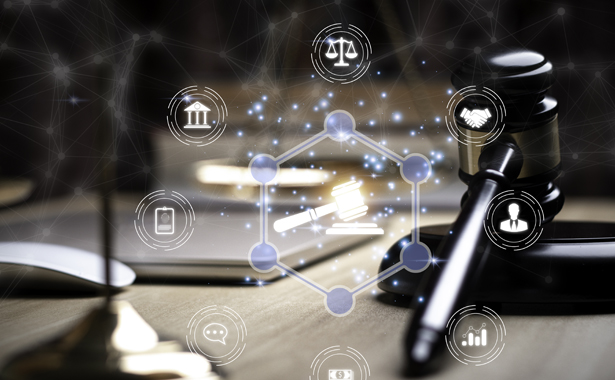Status Quo Meaning Explained: Its Function in Legal Interpretation and Practice
Status Quo Meaning Explained: Its Function in Legal Interpretation and Practice
Blog Article
Navigating the Characteristics of Condition Quo in Legal Equipments: An All Natural Technique
In the realm of legal systems, the principle of status holds a considerable role fit the structure upon which laws and laws are developed. Understanding and effectively browsing the dynamics of the status needs a holistic technique that surpasses mere surface-level analysis. By delving right into the complex interplay of different factors affecting the lawful standing quo, one can reveal nuanced insights that lead the way for informed decision-making and critical preparation. As we check out the intricacies surrounding this pivotal aspect of legal frameworks, a much deeper understanding of the difficulties and chances that feature it emerges, advising us to reconsider traditional methods and welcome a much more thorough perspective.
The Relevance of Status Analysis
In legal process, conducting a detailed status analysis is vital to recognizing the current state of affairs and offering a structure for educated decision-making. This evaluation includes an extensive testimonial of existing problems, arrangements, and circumstances that shape the context within which lawsuits are being thought about. By examining the standing quo, lawyers can recognize crucial stakeholders, commitments and rights, potential risks, and opportunities for resolution.
Furthermore, delving into the status quo helps with the identification of any voids or disparities that might exist, clarifying areas that need attention or information. This procedure help in establishing sensible expectations and developing methods that line up with the prevailing circumstances. Understanding the status is essential for developing a roadmap that overviews lawful process towards effective end results while decreasing unintentional effects.
Ultimately, a thorough status analysis acts as a foundation for audio lawful guidance and strategic planning. It makes it possible for lawful practitioners to navigate complexities, anticipate difficulties, and customize their strategy to attain beneficial outcomes for their customers.
Aspects Influencing Legal Status
Taking into consideration the intricate internet of legislations, laws, and social norms, what are the key factors that shape and influence the legal condition quo in modern legal systems? Numerous vital elements play important roles in figuring out the legal standing quo within a lawful system. In addition, political dynamics and the equilibrium of power within a legal system can heavily influence the legal status quo.
Approaches for Status Monitoring
Reliable monitoring of the legal condition quo needs a strategic approach that recognizes the dynamic nature of legal systems and the diverse factors influencing them. One vital method for standing quo administration is routine monitoring and evaluation of legal developments.

Furthermore, reliable communication and partnership among stakeholders are important approaches for managing the status in lawful systems. By cultivating open dialogue and participation in between policymakers, legal experts, and various other relevant events, prospective disputes can be dealt with proactively, and solutions can be established collaboratively to preserve a stable lawful atmosphere.
Difficulties in Condition Quo Adjustment

Additionally, the lack of clear standards for browsing standing quo modifications can produce uncertainty and ambiguity. Attorneys usually locate themselves in uncharted territory when trying to challenge existing standards or integrate brand-new legal structures. This can bring about hesitancy and unwillingness to differ acquainted techniques, even more impeding the adaptation process.

Carrying Out Alternative Approaches
Incorporating an extensive perspective right into legal strategies is crucial for dealing with the complex challenges of modern lawful systems. Implementing holistic methods involves a change in the direction of watching lawful problems as interconnected parts of a larger system instead than separated events. This requires a positive position that thinks about not just the prompt lawful ramifications but likewise the broader social, financial, and ethical influences of legal decisions.
One secret aspect of applying holistic methods is promoting interdisciplinary cooperation within legal teams. By combining specialists with varied histories such as regulation, psychology, economics, and sociology, an extra nuanced understanding of complicated lawful problems can be accomplished. This collaborative strategy allows legal experts to create more efficient approaches that represent a vast array of aspects affecting the results of lawful situations.
Moreover, accepting innovation and data-driven insights is important in executing holistic strategies in lawful systems. Leveraging devices like artificial intelligence for lawful research study, predictive analytics for case end results, and information visualization for presenting complex details can boost pop over to this web-site decision-making processes and enhance overall lawful end results. By integrating these technical developments right into legal method, a more all natural and effective strategy to attending to legal challenges can be accomplished.
Verdict
In final thought, browsing the dynamics of condition quo in lawful systems needs my latest blog post a detailed understanding of the importance of standing quo evaluation, the various variables influencing lawful condition quo, reliable methods for condition quo administration, and the challenges in status adjustment. Applying alternative approaches is vital for successfully adjusting and managing to the status in legal systems. It is crucial for attorneys to frequently adapt and examine to the altering dynamics of the status to ensure efficient and effective lawful end results.
Thinking about the detailed internet of legislations, policies, and social standards, what are the main aspects that form and affect the legal condition quo in contemporary lawful systems? Numerous crucial factors play important duties in determining the lawful status quo within a legal system. It is the interaction of these elements that jointly shape and influence the legal standing quo in modern lawful systems.
Effective monitoring of the legal standing quo calls for a tactical technique that recognizes the vibrant nature of lawful systems and the diverse aspects influencing them.In verdict, navigating the dynamics of status quo in legal systems calls for an extensive understanding of the value of status quo analysis, the various aspects affecting lawful condition quo, effective methods for standing quo monitoring, and the challenges in status quo adaptation.
Report this page